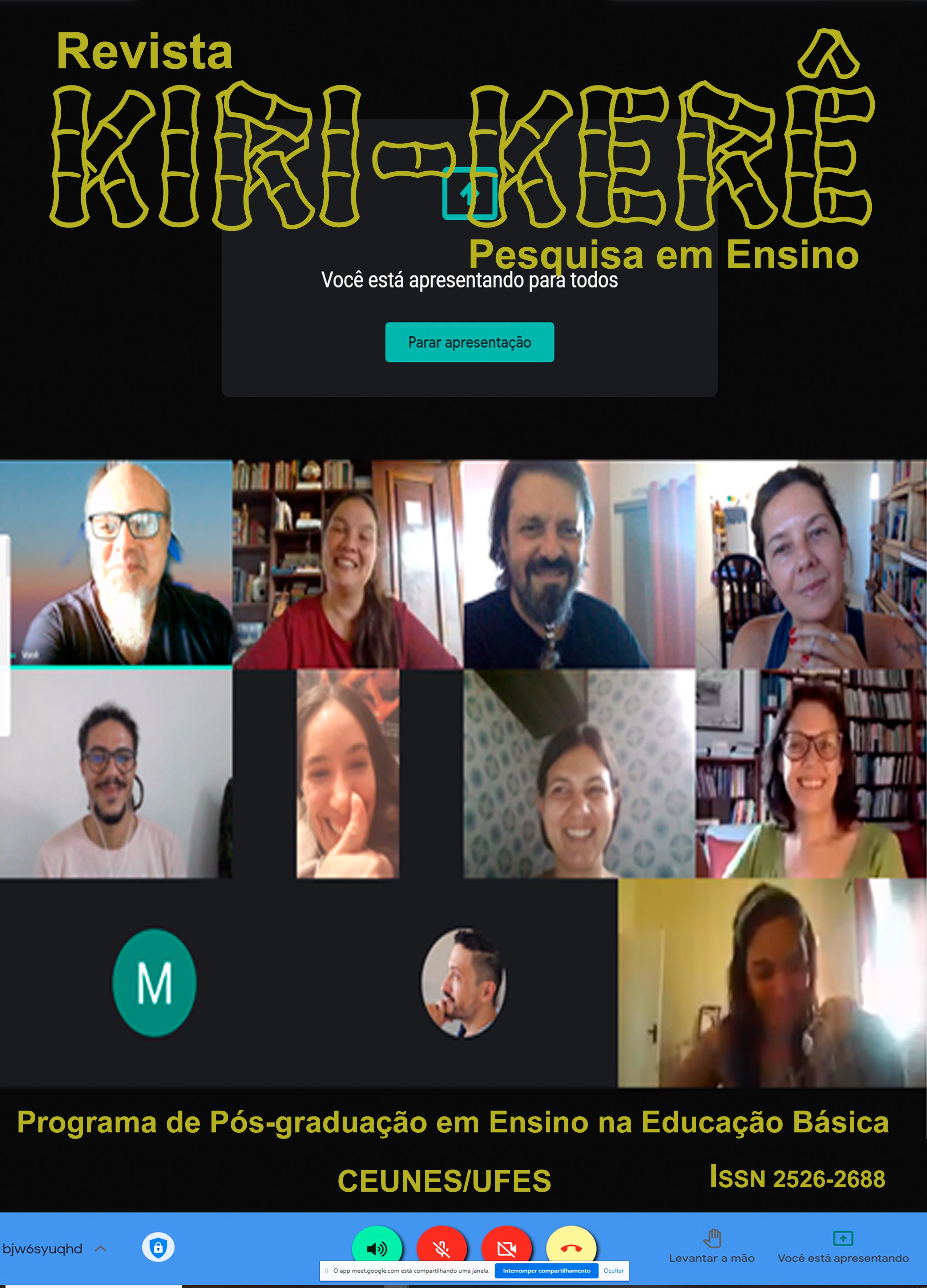Medicinal plants as an alternative for the study about taxonomy and organic functions in high school
DOI:
https://doi.org/10.47456/krkr.v1i9.30333Abstract
The use of medicinal plants is part of the students' daily and their families, who use popular knowledge about its healing power. In this context, the construction of a Medicinal Garden enables answers and practical contextualization of some contents in the Area of Natural Sciences, especially Biology and Chemistry. This work aims to identify and collect medicinal plants of popular use among students' families of a State School in the county of Pinheiros/ES, to serve as theoretical contribution- methodological method in the teaching of taxonomy and organic functions, present in the active principles contained in plants, in addition to being known as therapeutic properties to make students aware about medicinal properties and the danger of abuse of the organism, besides reproducing the most used species by families in the community. The objective was also to use the proposal to promote the integration of areas and increase the results in the disciplines. To make this work possible, field research was carried out through interviews and collections of medicinal plants by the students of the 3rd year of High School. The collected plants were identified and classified, reproduced in medicinal gardens, built with reused materials found in the school, allowing them to work in an interdisciplinary way in the construction and aesthetic beautification through suspended beds to optimize spaces. The construction of the medicinal garden has contributed to studies of taxonomy and organic functions, in addition to improving meaningful and contextualized learning through the knowledge and use of medicinal species.
Downloads
Downloads
Published
Issue
Section
License
The authors accept, when sending their works, the assignment of their copyrights.

